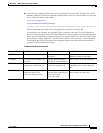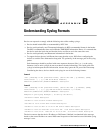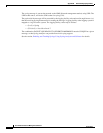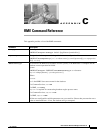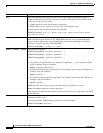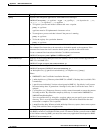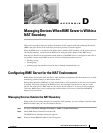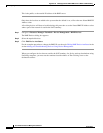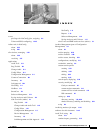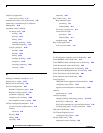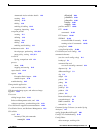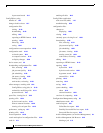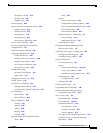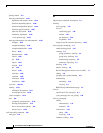
D-1
User Guide for Resource Manager Essentials 4.1
OL-11714-01
APPENDIX
D
Managing Devices When RME Server is Within a
NAT Boundary
This section introduces Network Address Translation (NAT) support in Resource Manager Essentials
(RME) and gives details of the tasks that you need to perform, to enable support.
When the RME server is assigned an IP address that is within a NAT boundary, all the devices that are
outside this boundary, cannot reach the RME server using the inside address of the RME server.
Such devices should use the translated outside address of the RME server as configured in the NAT, to
successfully connect to the RME server for all device initiated operations such as:
• Sending syslogs
• Sending traps
• Initiating copy tftp operations from the device through command lines, etc.
Configuring RME Server for the NAT Environment
RME initiates file transfers from the device, while archiving configuration files from the device, or while
transferring software images to and from the device.
During these operations, RME uses its own default address as the destination or the source for transfers,
by default. The inside address of the RME Server is not reachable from the devices that are on the
outside. For such devices, RME must use the correct outside address of its server for these transfers.
To do this, RME allows you to configure the outside address of its server (called Natted RME IP
Address) for each device.
Managing Devices Outside the NAT Boundary
When all the devices being managed are outside the NAT boundary, you can configure a default Natted
RME IP Address that you can use with these devices:
Step 1 Navigate to Resource Manager Essentials > Admin > System Preferences.
Step 2 Select RME Device Attributes from the TOC.
The RME Device Attributes dialog box appears.
Step 3 Enter the Natted RME IP Address in this dialog box.



